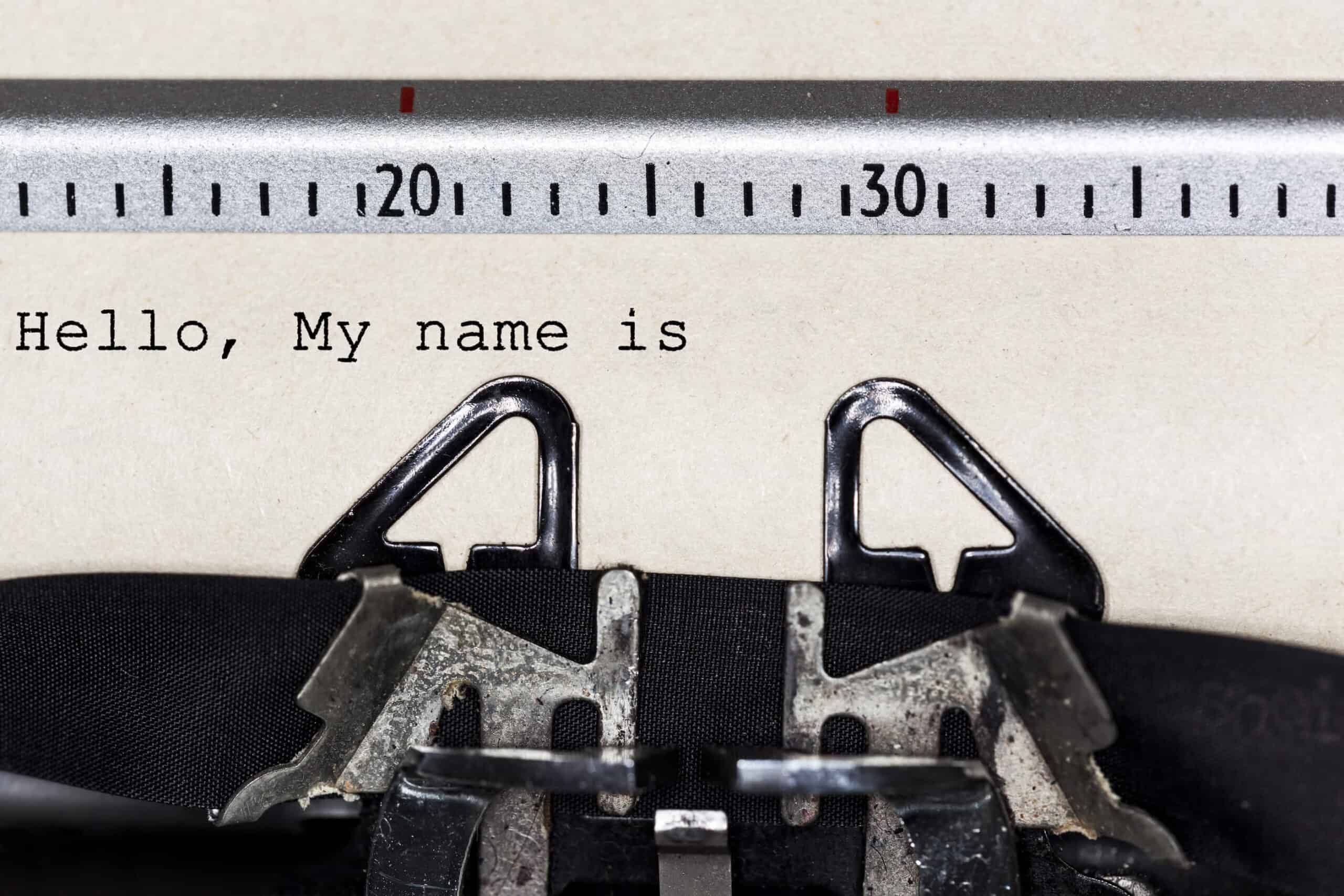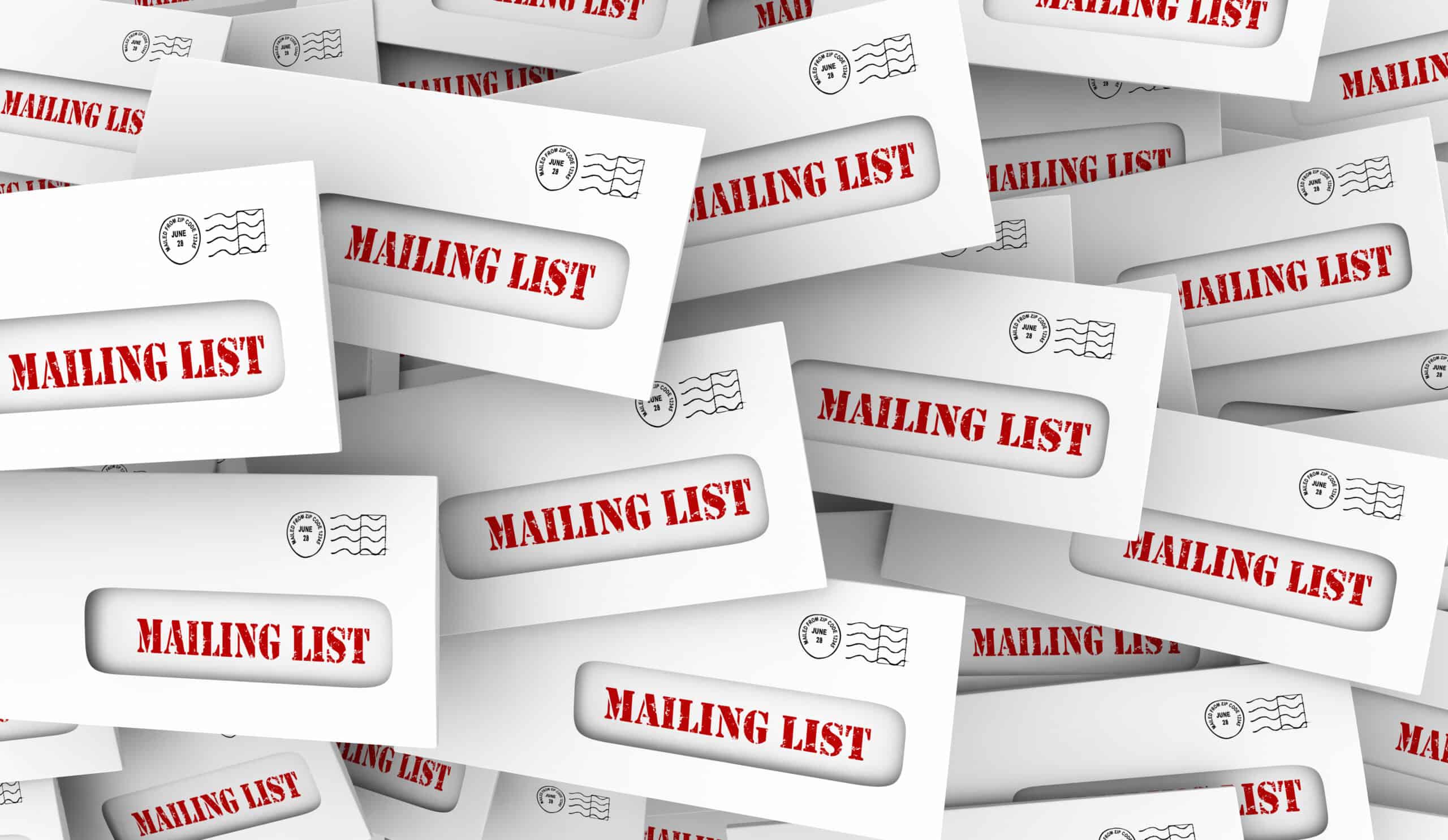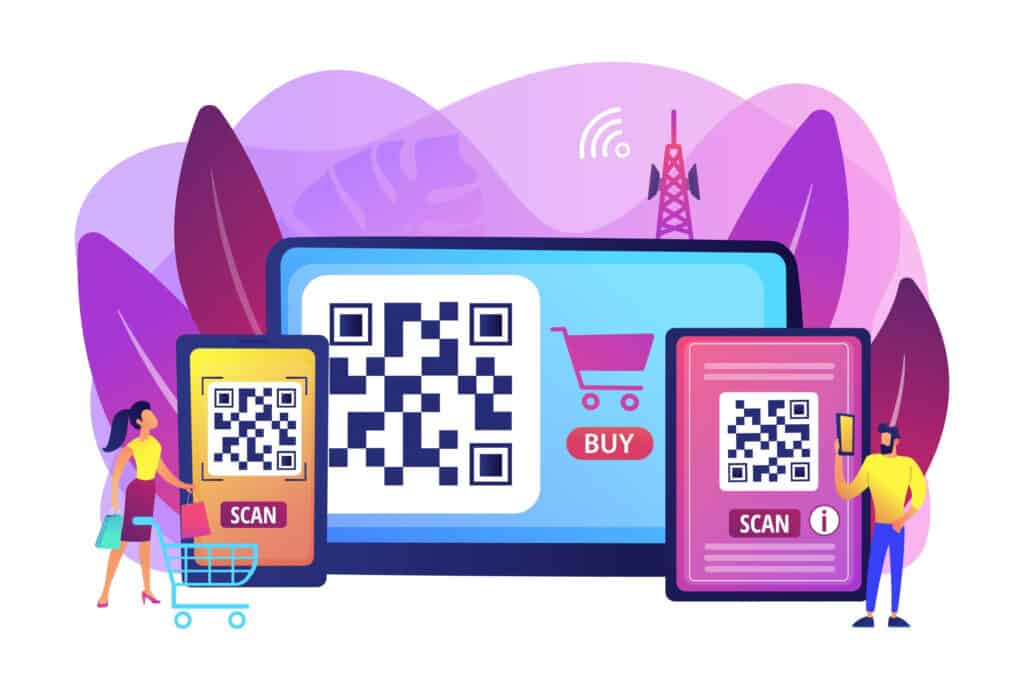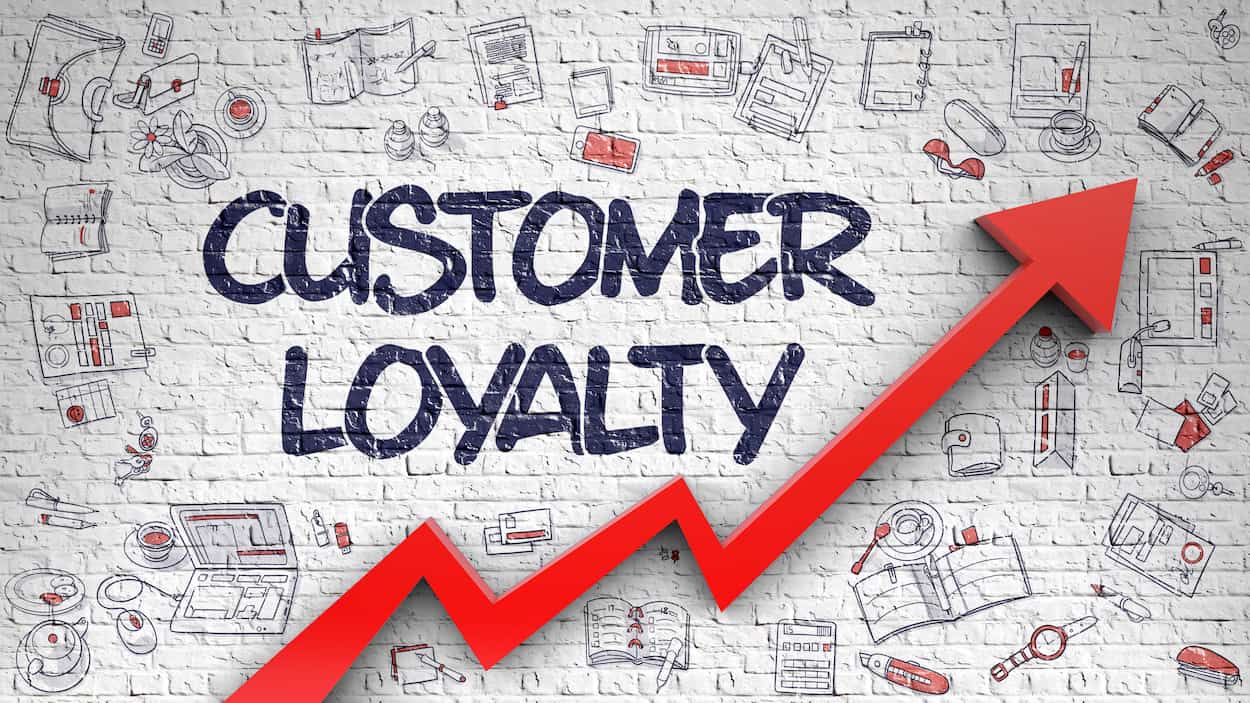
In the ever-evolving marketing world, getting caught up in the digital buzz is easy. However, there’s a timeless charm to a well-executed print campaign that captures attention and makes a lasting impression. Print has unique qualities that can elevate your direct mail efforts. Let’s look at five elements that make print special.
1. Texture: The Tactile Experience
One of the most alluring aspects of print is its tactile nature. The feel of a quality paper stock can engage the senses in a way that digital can’t replicate. When recipients run their fingers over textured paper, it adds depth and memorable character to your message.
2. Scent: Evoke Emotions
Print has the unique ability to incorporate scents, turning a piece of mail into a multi-sensory experience. Infusing your direct mail piece with a relevant fragrance can evoke powerful emotions and trigger memories. For example, imagine the power of a bakery sending out mailers with the delightful scent of freshly baked bread!
3. Color: Vibrant and Impactful
Print allows you to use a rich palette of colors to capture attention and convey your brand’s personality. Unlike the limitations of digital screens, print can reproduce colors with a vividness and precision that captures emotion, not just attention.
4. Incorporation of Video Through QR Codes
QR codes enable you to bridge the gap between print and digital by providing a direct link to video content. This interactive element allows recipients to engage with your message dynamically, providing a unique blend of the physical and digital worlds. QR Codes can do more than send people to web pages. They can launch emails, make phone calls, and add events to recipients’ marketing calendars.
5. Dimension in a 3D World
Print isn’t confined to a flat screen. It has depth. Die-cutting, embossing, or even folding techniques can create dimensional elements that demand attention. When your direct mail piece pops out of the envelope or unfolds unexpectedly, it surprises and engages the recipient, making your message unforgettable.
Even in today’s digital world, direct mail holds a special place in buyers’ hearts. You can impact recipients at multiple levels by leveraging these five key attributes. So, don’t forget about direct mail next time you create your marketing calendar.

If you are trying to sell costume jewelry and organic smoothies, price and opportunity might motivate customers to purchase spontaneously or switch from a competitor. But if you sell higher-end or more complex products, it often takes a different approach.
Let’s say you are a pediatric dentist. Most of your patients are at least two years old, but the American Academy of Pediatric Dentistry (AAPD) recommends that children see a dentist by age one. In line with these recommendations, you want to encourage families to bring in their children right after their first birthday. But how do you break into the lives of busy parents and motivate them to do what is the last thing most parents want to do—take their infant to the dentist?
The key is to speak to them using their language and according to their priorities. To do this, you can use customer personas.
Customer personas are models for communicating with specific types of buyers. Just as with real people, each persona has a set of demographic descriptors and other identifying characteristics. Take, for example, a “mother with an infant at home.” What other pain points does this persona have besides raising a newborn? How does she make buying decisions? Who and what are her social influencers? Her primary motivators for early intervention?
Once you have this information, you can craft messaging targeting this buyer type, identify the names in your list that match up, or purchase additional details if necessary. (We can help.)
Remember, these are not characteristics of any specific individual but an aggregate you identify as your best buyer. In this case, the “mother with an infant at home” is balancing work and home life, wants to be a good mom, is concerned about finances, and is influenced by family and social media. She makes purchases methodically and tends to be a planner and rational thinker.
Knowing these things, you can plan your mailing. You can talk about how early dental care makes her a better mom and how, with early intervention, she can avoid expensive dental expenses later. You can note how, with proper planning, she can balance her work/home life. You can also develop multiple personas and create relevant messaging for each one.
Sound complicated? Don’t sweat it. It just takes a little time and practice.

You increase your response and conversion rates by personalizing your message, whether in print or email. But “personalizing” doesn’t just mean using data to swap out images and text based on information you have in a database. Personalized printing has to feel personal. Let’s look at four best practices that must be the foundation of all personalized print (and email) marketing efforts.
1. Follow the basics of good marketing.
Personalized print might be personalized marketing, but it is still good old-fashioned marketing, too. Ultimately, all of the elements—the creative, the list, the message, the offer, the segmentation, and the call to action—come together to determine success.
2. Focus on relevance, not data.
It doesn’t matter how “personalized” a document is. If it isn’t relevant to the person receiving it, it is worthless. Take marketing to sports enthusiasts. You don’t want to try to sell baseball gear to a football nut. You can personalize a document to the hilt, but it’s a waste of print and postage if it’s not relevant.
3. Get to know your customers.
The more you know your customers, the more relevant your message can be. What don’t you know about your customers that might allow you to be more relevant in the future? To find out, do a customer mail or email survey. Purchase data from a third party. Set up a form on your website. Ask questions and get feedback that will let you reap better results over the long term.
4. Invest in your data.
To get personalization right, you need to invest in your database. This takes time and resources, but it is one of the most important investments. Develop a primary database, refine it, add variables, and keep it clean and updated. Make sure all of the new information you gather goes back into the database to be used in future marketing programs. You don’t need to be an expert in data to develop a significant data set. That’s where we can help.
Remember, personalization is a powerful tool, but it cannot work alone to get the big pay-off!

Want to geek out on marketing science? Check out neuromarketing, a field examining consumers’ responses to marketing stimuli. Neuromarketing looks at how the brain receives and processes information, and neuromarketing looks specifically at the impact of this process on the various marketing channels. Spoiler alert: These studies consistently find that while email is an important channel, it isn’t for everything. Especially for higher-end products that require more thought processing, direct mail is a better approach.
How do researchers come to these conclusions? They use three primary methods:
Eye tracking: Camera and infrared technology that monitor eye movements in speed and duration of attention. Eye tracking tracks visual attention in reaction to predetermined areas of interest.
Core biometrics: Sensors placed on participants’ fingertips that measure heart rate, skin conductance (sweat), motion, and respiration: Core biometrics gauge the depth of emotional engagement.
Functional Magnetic Resonance Imaging (FRMI): Brain scanners measure changes in oxygenated blood flow to reveal regional activation during a task or experience. FRMI pinpoints specific deep brain activity beyond surface cognitive function (e.g., empathy and reward).
What do these methods show? A good example comes from one study conducted by Temple University’s Center for Neural Decision Making in concert with the U.S. Postal Service Office of Inspector General (OIG). The study found that while participants could process the information from digital ads more quickly than from print ads, the details weren’t retained or recalled as easily later.
What made participants more likely to retain and recall that information more easily in print?
- They spent more time with physical ads.
- They had more robust emotional responses to those ads.
- While they stated similar preferences and willingness to pay for the item, whether it was delivered in physical or digital format, their brain activity indicated a greater subconscious desire for printed products.
“These findings have practical implications for marketers,” note the report’s authors. “If short on time, the digital format captures attention quicker. However, for longer lasting impact and easy recollection, a physical mail piece is the superior option.”
So, there you have it! When given a choice between print and digital media, especially for products and services that require deep cognitive processing, the brain loves print.

Keeping your mailing list up to date is essential for making the most of your marketing dollars. It ensures that your messages arrive in a timely fashion and provides other benefits such as cost savings and better targeting. Let’s look at five benefits of an up-to-date mailing list to motivate you to make this one of your top investments.
1. Gives you a strong foundation. Accurate, up-to-date lists are the starting point for creating relevant, personalized communications. Keeping your mailing list clean, accurate, de-duped, and up to date is a best practice that should be part of your routine. If you get in the habit of keeping up with the basics, it will help you with more sophisticated targeting later.
2. Keep customers happy. Nothing says, “We don’t care,” like a misspelled name or street address. Sure, your mailer might get there (eventually), but at what cost? Keeping your list up to date ensures that your target audience knows you care enough to get it right.
3. Keeps costs down. With an inaccurate list, you are printing and mailing pieces that may never arrive. Don’t waste money! Ensure that every piece gets to its destination. With an accurate list, you also save money by not sending duplicates to the same individual or household.
4. Provides anchor points. As you compile your records, basic data points can be used as reference points for future refinement and additions to that list. For instance, is Jane C. Cochran the same person as Jane Cochran? Can Bob Smith be distinguished from Robert Smith, Jr.? These questions can be answered by cross-referencing data points from an accurate mailing list.
5. Improves targeting. Once you are confident in your list, you can begin to build more detailed profiles of each person. You can purchase additional data to construct more complete profiles that will help you improve your targeting and personalize your communications even more.
Invest in your mailing list regularly. Not only does it help you create an accurate, up-to-date profile of your customers that improves targeting and saves money, but because your email, social, and mobile marketing all draw off the same list, it also benefits your marketing in other channels.

The global pandemic has had a profound impact on the world of consumer marketing, and one of these impacts has been to bring QR codes more into the mainstream. With consumers increasingly comfortable using QR codes, businesses can confidently leverage this marketing tool, making it more straightforward for customers to gain information, access coupons, and reply to offers.
QR codes are those boxes of black-and-white squares you see on posters, on the backs of business cards, and in the drive-through windows. When scanned with a mobile phone, they connect people directly from the world of print to the world of digital. While most people associate QR codes with taking the user to a web page, they can do much more.
When scanned, QR codes can launch a web page, play a video, make a phone call, add a calendar event, launch a survey, initiate a mobile payment, send an email, and much more.
QR codes are free to create and simple to use, and suddenly, they are everywhere.
Faster, Easier World for Customers
QR codes (short for “quick response” codes) have been around for nearly two decades. While traction has been gaining, adoption took off during the pandemic thanks to the promise of touchless interaction. Now QR codes are here to stay. Touchless interaction is still a benefit, but more importantly, QR codes make things faster and easier for consumers.
Consider just a few of the ways that QR codes are being used today:
- Restaurants are adding QR codes to menus or table plaques, allowing patrons to browse their dining options and place orders without waiting for a server. QR codes enable restaurants to update their menus or daily specials in real time.
- Hotels are adding QR codes to enable contactless check-ins, allowing customers to place in-room orders and control lights or air conditioning.
- Sports, music, and travel lovers no longer need physical tickets to enter their favorite venues. From high school sports to rock concerts and art events, patrons show the QR codes on their phones.
- Medical facilities use QR codes to let patients check in for appointments and access health information on posters.
- PayPal, Venmo, and other payment apps have launched QR code mobile payment systems, making payments even to small businesses as easy as point and tap.
Want to learn how to use QR codes to make your customers’ lives easier? Just ask!

What does it take to create customer loyalty, the kind of loyalty that makes customers stick with you, even when their favorite sales representative, hair stylist or financial advisor moves on?
Here are some tips from the experts.
1. Know your customer base. Customer bases are not homogeneous. They are made up of different demographics, with different needs and with different motivators for shopping with you. Profiling your customers can tell you a lot about how to keep them. When was the last time you did a customer survey or conducted a focus group?
The more you get to know the unique makeup of your customer base, the more you are able to adjust products and services to respond to their unique needs and the more likely you are to hang onto their loyalty.
2. Make it personal. Shift from mass mailings and generic communications to personalized print communications as much as possible. This should go beyond “Dear <<name>>” and include content driven by demographics, demonstrated preferences or past purchase history. The goal here is not just to let your customers know that you know their names, but to increase the relevance of your communications to their lives.
3. Spread the communication around. Some companies assign each customer a specific customer service representative or sales consultant. This creates a special relationship between customer and sales rep that can be invaluable. The downside is that this relationship can become so valuable that, should the sales rep leave the company, your customer might be willing to leave with them. For this reason, encourage your customers to have multiple contact points within your company.
4. Increase the frequency. Stay in communication with your customers on a regular basis, not just when there is a special promotion or event. This is the idea behind most drip marketing campaigns. They help develop a relationship that creates a value beyond price and convenience and keeps your company top of mind.
5. Reinforce and reward loyalty. When customers are loyal, let them know that you appreciate it. Then reward them for that loyalty. Send them special “loyal customer” discounts, personalized to their unique habits and preferences whenever possible.
Retaining customers takes effort. It requires a customer retention plan and an intentional, focused effort to keep those customers you’ve worked so hard to have. What’s your plan?

Understanding buyer psychology is key to grabbing consumers’ attention and getting people to buy. The 6 Principles of Marketing Persuasion by Dr. Robert Cialdini is one of the most influential models in this approach. Cialdini’s six principles—scarcity, reciprocity, authority, social proof, liking, and consistency—can help boost results and get customers to act quickly.
Let’s take a quick look at each one:
1. Scarcity. People want it more when something is in short supply and are more likely to act quickly. This is why marketers use messaging such as “Offer by invitation only!” or “Only for a limited time!” Offering free shipping if shoppers order within the next 20 minutes can increase checkouts by up to 300%.
2. Reciprocity. The principle of reciprocity is when marketers offer something of value, such as a gift or sample, to customers right out of the gate. This triggers the natural desire of customers to give back in kind (reciprocity). It’s why nonprofits put personalized notepads and address labels in fundraising envelopes — because it works.
3. Authority. Authority uses the demonstration of expertise to inspire trust in customers. Authority can be established through external sources such as press coverage or third-party endorsements. It can also be established through internal content like blogs, whitepapers, case studies, or interviews. By building authority, businesses can create credibility and increase the likelihood of customers responding to offers.
4. Social proof. Social proof relies on peer influence to increase credibility and trust among potential customers. This could include customer testimonials, displaying reviews or ratings, showing celebrity endorsements, or featuring influencer posts.
5. Liking. The principle of “liking” states that people are more likely to comply with the requests of someone they like or identify with. For example, popular influencers sharing their experiences and stories about using a company’s products is more likely to resonate with customers than regular advertisements.
6. Consistency. People want their beliefs to be consistent with their values. If buyers see themselves as good parents, for example, they are more likely to respond to messaging that positions them this way. “As a great mom, you know how important it is to…”
These are essential principles, but it may take some testing until you get the messaging right. Subtle changes can make a big difference, so be patient. Keep testing until you get a winner.

Think you can’t afford direct mail because you’re a local business with a tight budget? Think again. With USPS Every Door Direct Mail (EDDM), you can send targeted direct mail for a postal cost of $.20
or less per piece. Even target addresses by age, household income,
or household size.
Use EDDM for just the right audience:
- Grand openings
- Local sales and promotions
- New locations
- Discounts and coupons
- Local events and more
Contact us to find out how!

You come home from work and discover that you received a direct mail piece. Nice! We all love mail. But then you talk to your neighbor, and they got the same piece in their mailbox. Then you talk to another neighbor, and they got one, too. So did the neighbor across the street and the neighbor the next road over. So much for feeling special.
Personalization matters. It makes people feel valued, especially when it arrives in print. Digital personalization is all around us, from Amazon recommendations to shopping cart abandonment reminders, but personalization in print marketing is less common. It stands out.
While personalization in print stands out for relevance, it increasingly stands out for another reason: respect. What do we mean by that?
Personalizing your print communications shows respect for the recipient’s time. Nobody has time for irrelevant mail anymore. Buyers know that personalization is possible—they even expect it. They look for it, and they recognize it when they see it. By personalizing the piece, the recipient knows that you’ve taken the time to create something just for them. They know that when they open it, they are less likely to find something irrelevant that is a waste of their time.
It’s no wonder that, in a classic InfoTrends study on the value of print personalization, when consumers were asked how providers can improve the value of their direct mail communications, two of the top three responses were “make them relevant to me” (34%) and “personalize the content for me” (28%). Do you know the top reason for marketers to personalize their transactional mail, in particular? “Make it easier to understand,” with 43% giving this answer. This, again, shows respect for the recipient’s time.
It’s no wonder that when asked how personalization affected the amount of time consumers spent with marketing mail, nearly half (49%) agreed that they spend “much more time” reading direct mail that is “personalized and relevant” to them than they do with generic direct mail.
The data continue to tell the story. You’re missing a massive opportunity if you’re not personalizing your print or digital communications. Need to get started? Let’s do it!
